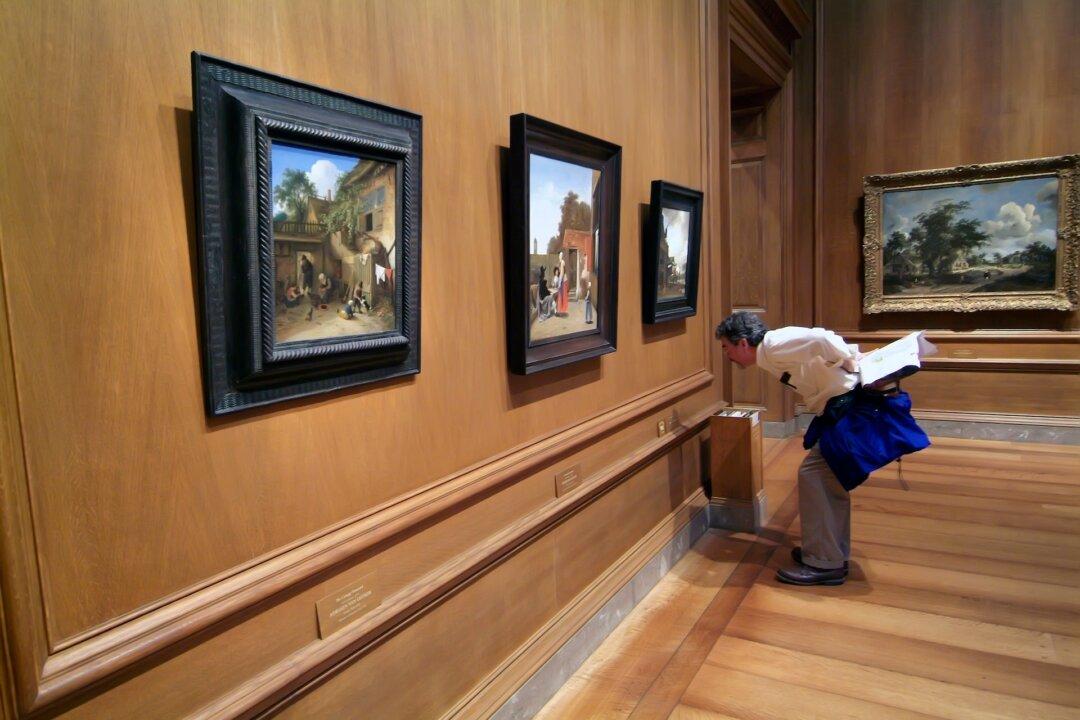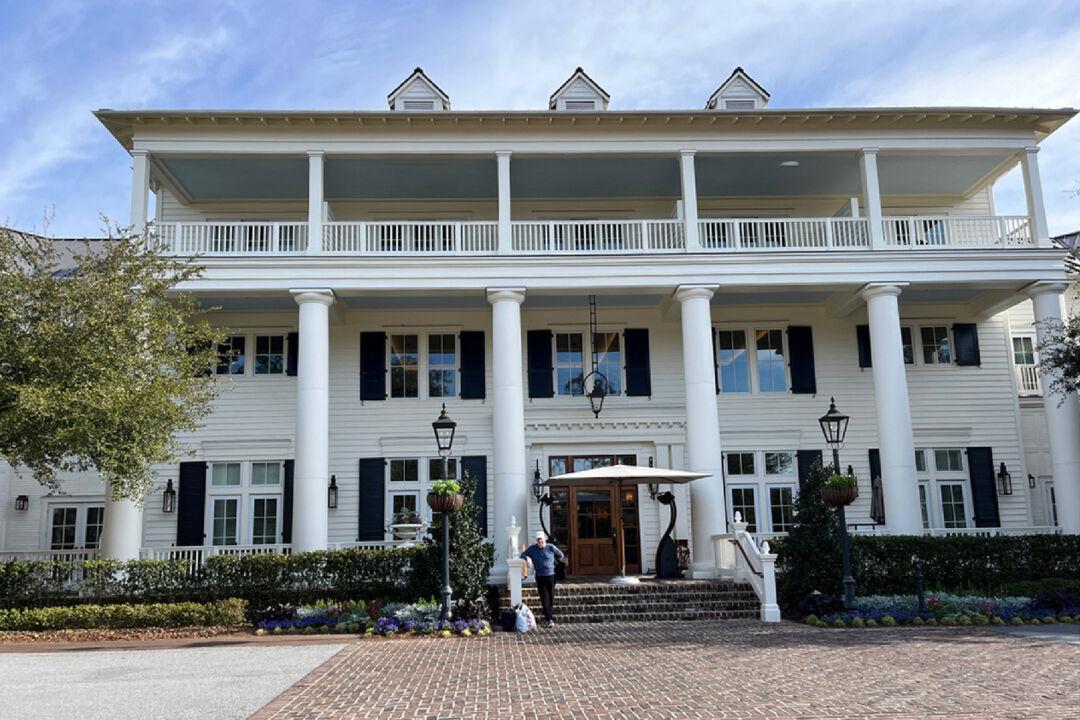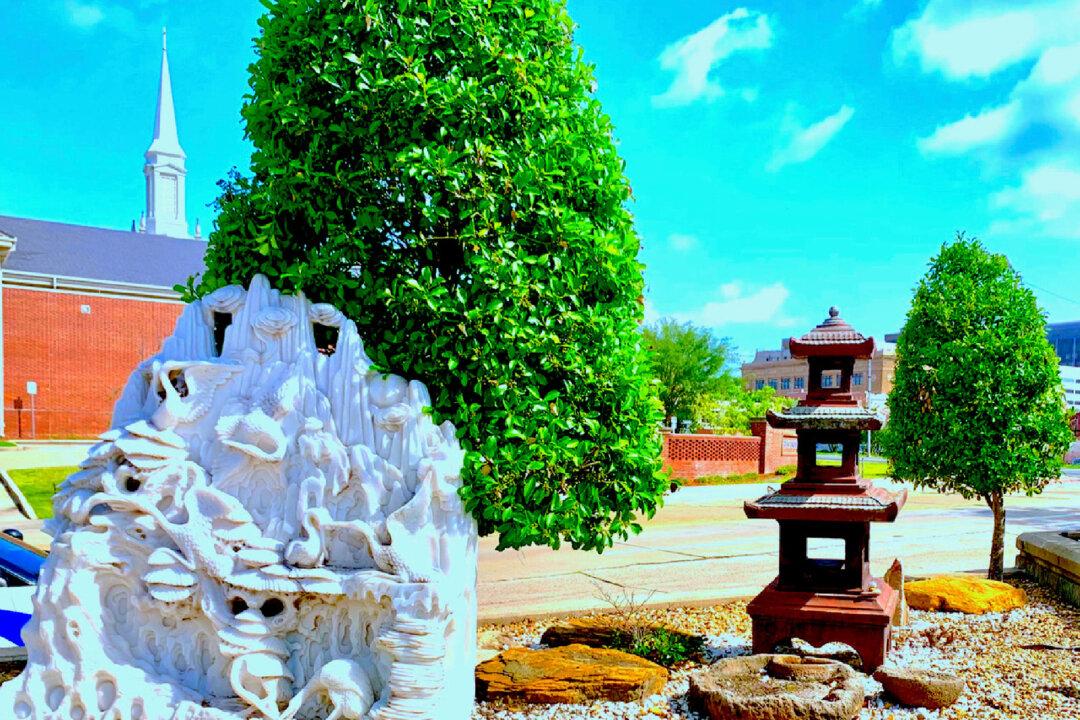Whenever we’ve driven west, we have always tried to go through the small town of Willcox, Arizona, where for years we found the best coffee and cinnamon rolls anywhere. That shop has closed, but we still go to Willcox for coffee and hot cinnamon rolls, hamburgers, and other good food served all day at the Roadrunner Kafe on Virginia Avenue at Willcox-Cochise KOA Campground. Willcox is popular in winter for snowbird RVers who come from northern states, and some spend all winter in Arizona.
The town is known because it was once a home of the Western singer-songwriter Rex Allen, who starred in many cowboy movies and earned a star on the Hollywood Walk of Fame. The Rex Allen Museum in Willcox features Allen’s collection of memorabilia and is a fun place to visit.
But the main reason to visit Willcox is Chiricahua National Monument, a most unusual natural wonder. Nature has sculpted thousands of spires and columns here with rhyolite. These weirdly beautiful towering formations were made of ash from the Turkey Creek volcano, which erupted 27 million years ago. As the layers of ash cooled, they melded together, leaving piles of rocks stuck together in intriguing formations that appear impossibly balanced. After all those years, wind and weather continue to reshape these formations even today.





